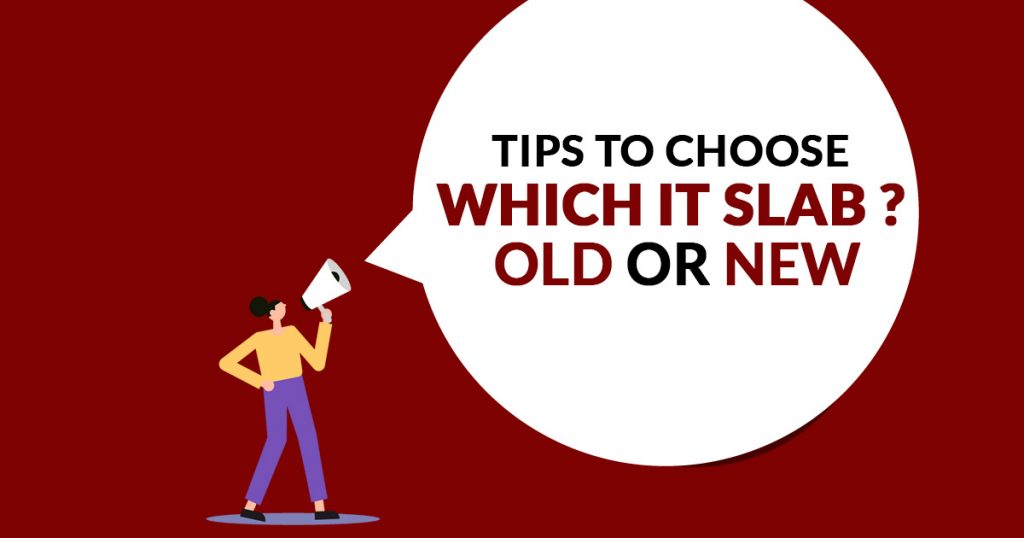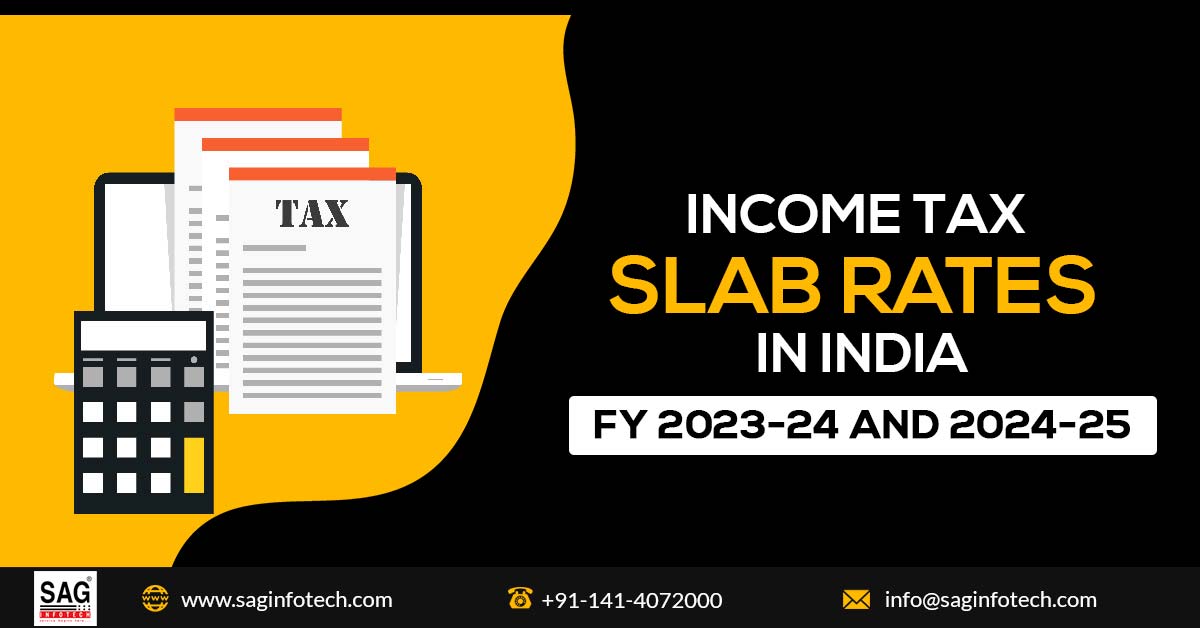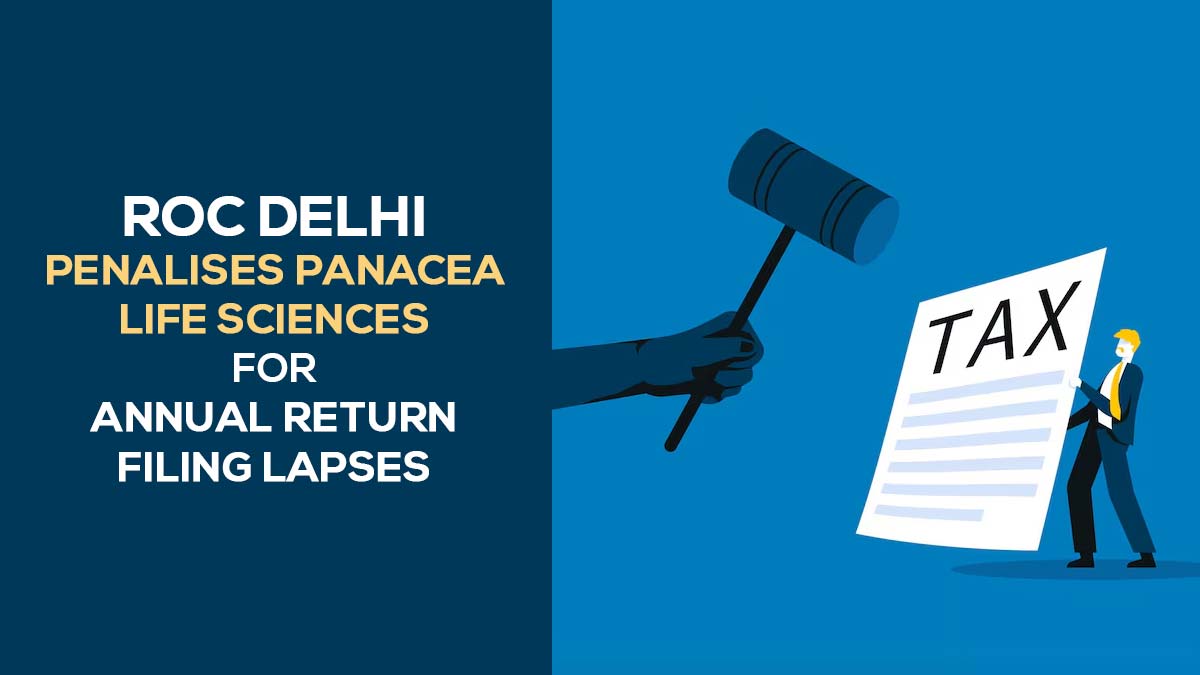
Currently introduced by FM Nirmala Sitharaman, Union Budget 2020-21 seems to be a set of challenging income tax provisions. There have been no provisions like the provisions of Union Budget 2020. In the said budget, FM has introduced the new tax slabs with reduced slab rate which taxpayers may adopt on a voluntary basis. This means taxpayers have a choice of selecting either of the two options (old or new slabs rate). It is witnessed that the new slabs are not much in favor of the employed individuals and adopting the new income tax slab 2020 might lead them to a huge tax outgo from their accounts.
Government Vision
According to CA Vinod Jain, the administration is now looking forward to having a simplified version of the tax rate structure and also the normal taxpayers who have no investments should get some incentives. Earlier when the corporate sector enjoyed a considerable benefit in tax rates there was an echo seeking incentives for the common taxpayers.
According to him, the new tax rates FY 2020 are not beneficial for the employed individuals who have their investments in the form of PF, insurance, home loans, etc. LTA, house rent, standard deduction, medical such as 80 C, investment of Rs 2 lakh, etc. are non-exempt as per the protocols of the new Union Budget.
Read Also: Current Income Tax Rates for FY 2019-20 (AY 2020-21) 
Example: Here if a taxpayer is not having enough investments then it is beneficial for him to go with the new slab and later on if he invests in multiple instruments then he can switch back to the old tax slab.
As declared by Manish Khemka (chairman of Global Taxpayers Association and co-chairman of the PHD Chamber of Commerce and Industry-UP), the amendments in the tax slabs are actually a step towards the future direction. The government is aiming towards an entire simplified new GST system and so the complexities related to various concessions are over.
Next, there will be a system where the tax rates will be less and there will be more incentives on the investments. The step will allure the new professionals with high packages to invest. Such professionals are heavily taxed and therefore FM Nirmala Sitharaman has given them the relief in Budget 2020.
Drawbacks
Several employed individuals have already invested in LTA, PF, home loan, life insurance, etc. and every single year a considerable amount from their bank balance goes in such instruments. So clearly such salaried individuals will want to stick to the old tax slabs fy 2019-20 rather than shifting to the new slabs fy 2020-21.
As per Tax Expert Balwant Jain, many incentives in terms of tax payment have been abolished which makes it a less attractive choice of the taxpayers. According to him, a regular taxpayer will have to hire a tax expert to know the profit and loss arising after the deductions and exemptions as per the new policies.
Nobody is ever going to sacrifice the handsome amount earned under the exemption in the old system. There is no one who is not availing the benefits of exemptions under 80C. The old system had the standard deduction up to Rs. 50,000, LTA, interest on a home loan, Rs 50,000 on interest income to senior citizens, which no taxpayer would want to give up for the sake of adopting the new policies.
Below is the study revealing the advantages and disadvantages of both the system under different salaries:
Salary Rs. 10 Lakh Per Annum
Old Tax Slab FY 2019-20
If a professional with an annual package of Rs. 10 Lakhs has no investments, then such a person is compelled to pay the total tax of Rs. 1,02,500(Excluding Cess) as per the old slabs.
Deduction – If he is obliged of paying Rs. 1.5 lakhs under 80C, 25,000 under mediclaim mediclaim Section 80D and an interest of Rs. 2 lakh on a home loan(If he has self occupied house property) in that year So clearly his payable tax is just Rs. 27,500. (Excluding Cess)
New Tax Slabs for FY 2020-21
As per the new tax slab, the overall taxability of the person with an income of Rs. 10 Lakh per annum is Rs. 75,000 (Excluding Cess). If an individual adopts the new tax slab then he/she is in a loss of Rs. 47,500 in a year.
Salary Rs. 12.5 Lakhs Per Annum
Old Tax Slab FY 2019-20
As per the old tax slab, his total payable tax is Rs. 1,72,500. If he has paid Rs. 1.5 lakh under 80C, Rs. 25,000 under Mediclaim and an interest of Rs. 2 lakh on a home loan (If he has self-occupied house property) in that year. Then his total taxability remains Rs. 77,500 only.
New Tax Slabs for FY 2020-21
As per the new tax slabs rate 2020, an individual with a gross income of Rs. 12.5 lakhs per year is liable to pay Rs. 1,25,000 as tax. So the individual adopting the new tax slab is clearly in the loss of Rs. 47,500.
Important: Section-Based Income Tax-Saving Tips For Salaried Person 
Salary Rs. 15 Lakhs Per Annum
Old Tax Slab FY 2019-20
If a salaried individual with an annual income of Rs. 15 Lakhs is not having any investment then his/her total tax liability is Rs. 2,47,500. If he has paid Rs. 1.5 lakh under 80C, Rs. 25,000 under Mediclaim and an interest of Rs. 2 lakh on a home loan (If he has self-occupied house property) in that year then his/her total tax liability falls down to be only Rs. 1,35,000.
New Tax Slabs for FY 2020-21
Considering the latest income tax slabs of FY 2020, a concerned person having a gross income of INR 15 lakhs per year are required to pay Rs. 1,87,500 as an tax liability. Therefore we have concluded that the new income tax slab will incur a loss of INR 52,500.
Source: Aajtak.intoday.in










The comparison is ok. But what about people earn more than 25 lakhs? Lots of people nowadays earn a salary of 20, 25, 30 lakhs per annum. The new tax syst is beneficial to them. Why don’t you give comparative calculations for these income slabs ?
Regards,
A.k.Ray
The discussion above may be simplified as follows:
If the taxable income is below Rs 15 lakhs
a)If you have availed housing loan and paying interest of Rs2 lakhs and above – go for old IT slabs with deductions (5%, 20%, and 30%)
b)If you have not availed housing loan, go for new IT slabs (5%, 10%, 15%, 20% & 25%)
If the taxable income is above 15 lakhs, the old slab may be advantageous. Check & decide.